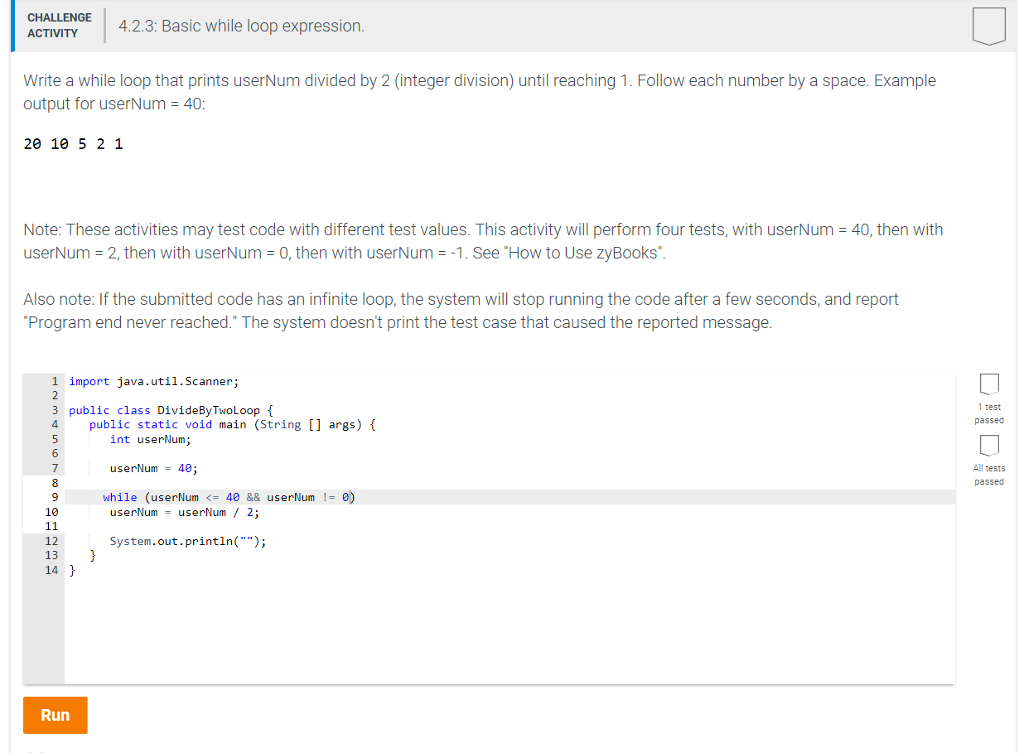
Numerous processes including gene transcription and translation, DNA synthesis, and cell division are repressed during torpor bouts ( 1, 38, 39, 41, 55, 72, 73, 75). Hence, during hibernation, individuals typically alternate between bouts of torpor and energetically costly arousals, which account for most of their over-winter energy expenditure ( 23, 34, 35, 70, 74).Īs spring breeding occurs soon after the end of hibernation, hibernators need to rapidly transition from a phenotype oriented around energy conservation to a phenotype directed toward maximizing reproductive success. Despite substantial energetic advantages, torpor is not expressed continuously through the hibernation season, but is rather interspersed with periodic arousals during which both body temperature and metabolism are restored to euthermic levels ( 26, 27). Fundamental to the hibernation phenotype is torpor use, which plunges endotherm hibernators into a reversible state of depressed metabolic rate and body temperature and, in many species, reduces energy requirements by more than 90% ( 49, 59). Hibernation is a physiological and behavioral adaptation that confers considerable energy savings during seasonal periods of food resource shortage and increased thermoregulatory cost.

Therefore, our study confirmed posthibernation recovery of sperm production but also a potential impact of deep torpor expression during winter on DNA damage in spring. Our results thus indicate that once heterothermy is terminated, deep hibernators resume spermatogenesis but are characterized by higher rates of DNA damage in spermatogenic cells at the seasonal stage when spring mating commences. Interestingly, shallow hibernators exhibited higher rates of DNA damage in spermatogenic cells during hibernation, with this trend reversing in spring. Despite these differences in spermatogenic state during hibernation, spermatogenic progression, sperm numbers, and maturity did not differ in spring, potentially reflecting similar degrees of reproductive readiness. We show that deep hibernators (high levels of torpor) largely halted spermatogenesis in late hibernation in comparison with shallow hibernators (low levels of torpor), where ongoing spermatogenesis was observed. We determined torpor depth with temperature data loggers and assessed its relationship with spermatogenesis by examining spermatogenic progression, cell division, sperm counts, sperm maturity, and DNA damage. To test this, we examined the relationship between torpor expression and spermatogenesis in captive eastern chipmunks ( Tamias striatus). Here, we hypothesize that variation in torpor expression affects the reproductive readiness of hibernators by impacting their sperm production. Studies of hibernating mammals suggest that deep torpor negatively impacts spermatogenesis and that transitions between torpor and euthermic arousals increase cellular oxidative stress, with potentially damaging effects on sperm.

Hibernators suppress physiological processes when expressing torpor, yet little is known about the effects of torpor on male reproductive physiology.


 0 kommentar(er)
0 kommentar(er)
